25+ SAMPLE Product Report
-
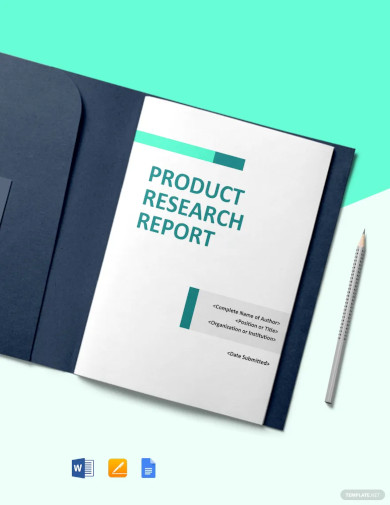
Product Research Report Template
download now -
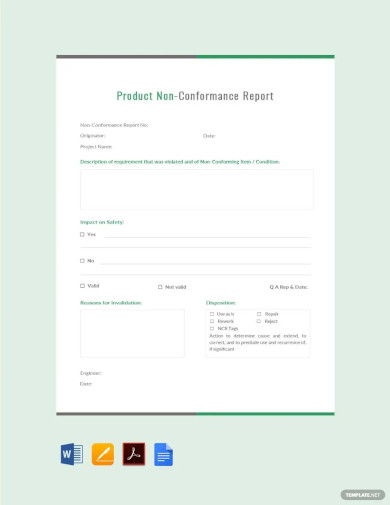
Product Non-Conformance Report Template
download now -
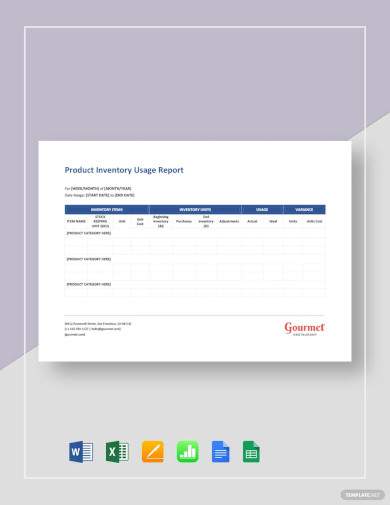
Product Inventory Usage Report Template
download now -
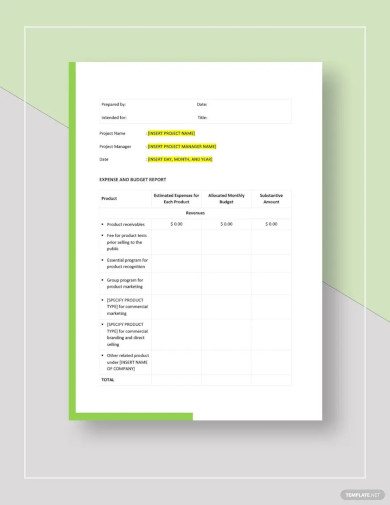
Monthly Product Management Report Template
download now -
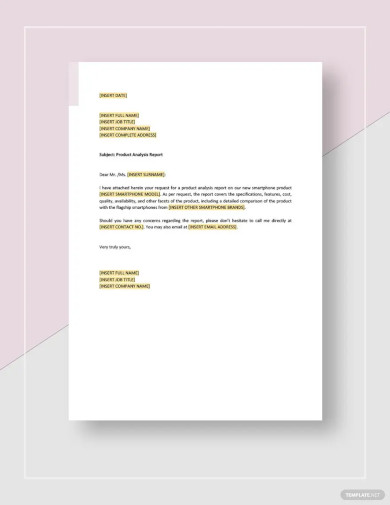
Product Analysis Report Template
download now -
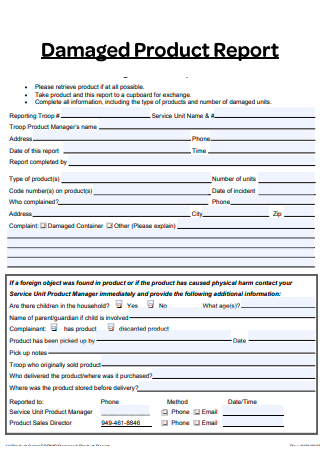
Damaged Dashboard Product Report
download now -
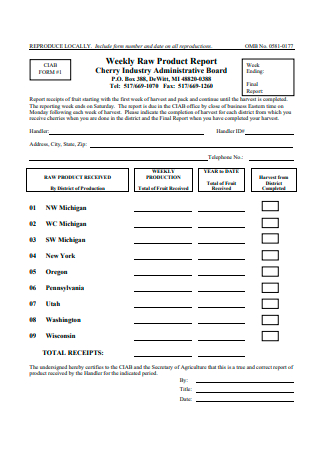
Weekly Raw Stock Product Report
download now -
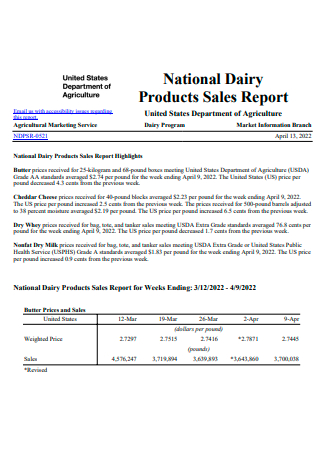
National Summary Product Sales Report
download now -

Product Inventory Research Report
download now -
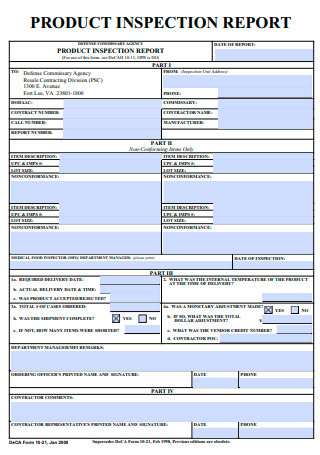
Product Marketing Inspection Report
download now -
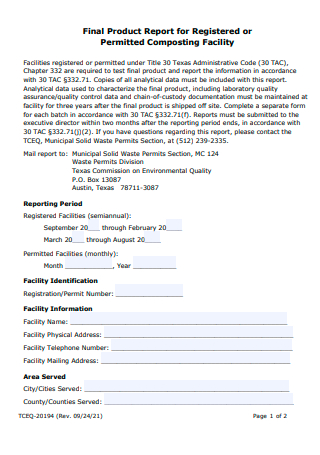
Final Executive Summary Product Report For Registered Template
download now -
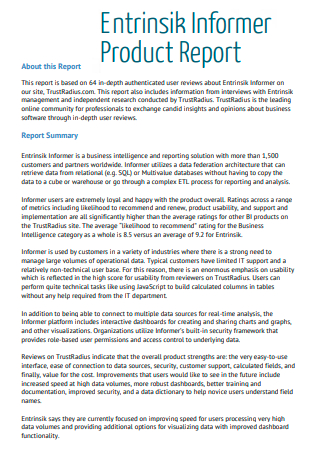
Data Informer Product Report
download now -
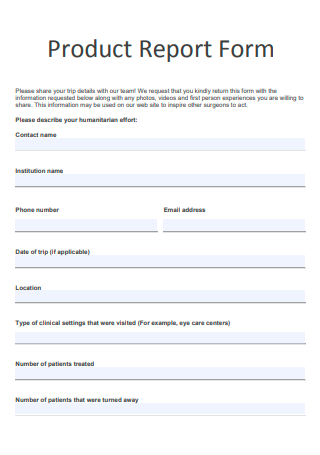
Product Monthly Report Form
download now -
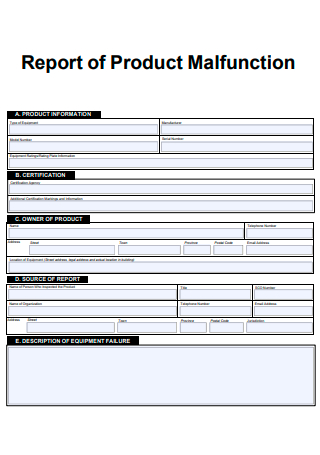
Product Customer Malfunction Report
download now -

Product Retail Recovery Report
download now -
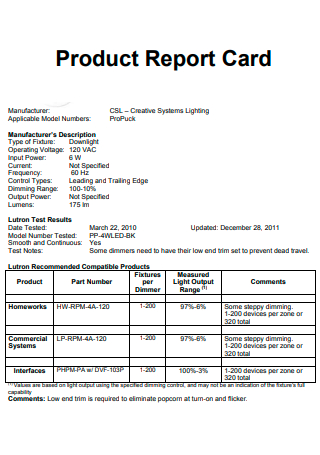
Product Analysis Report Card
download now -
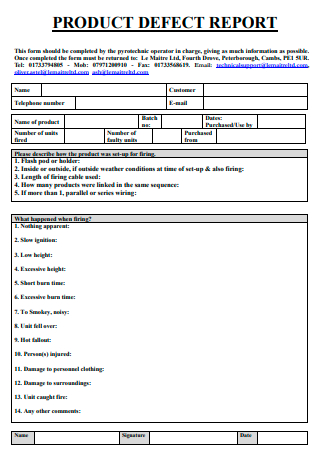
Product Manager Defect Report
download now -
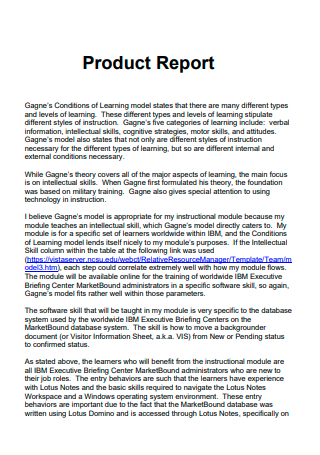
Product Management Report in PDF
download now -
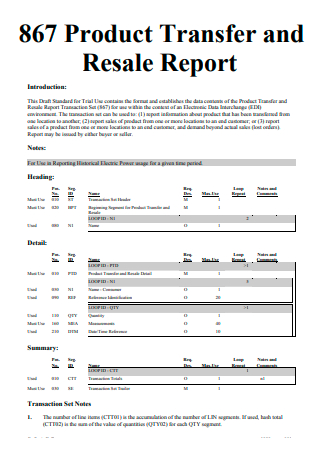
Product Project Transfer and Resale Report
download now -

New Product In-Service Report
download now -
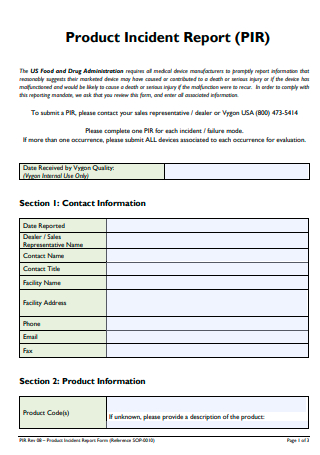
Product Comparison Incident Report
download now -

Daily Technical Product Report
download now -
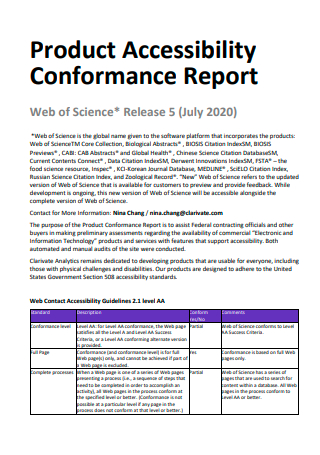
Product Non Conforming Accessibility Conformance Report
download now -
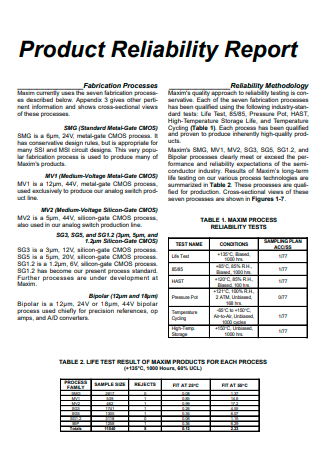
Product Detailed Reliability Report
download now -
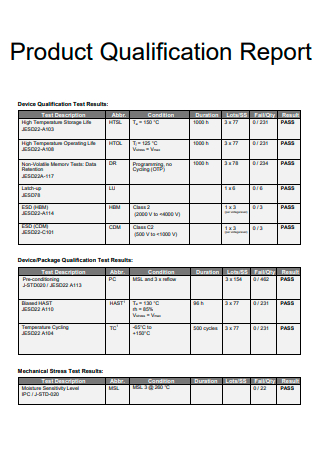
Product Design Analysis Qualification Report
download now -
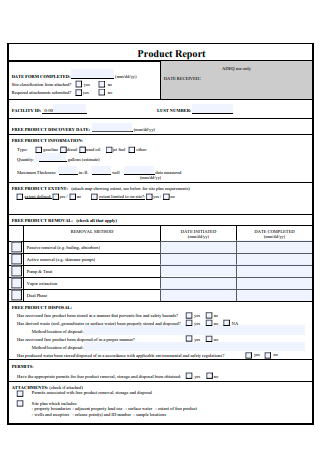
Formal Product Report
download now
What Is a Product Report?
A product report is a document that presents critical data about the products that your company offers. This information may differ based on the goals and aims of the product report. It may include data about inventories, sales, discounts, net and gross revenues, and so forth. Preparing a new product report will take a while to complete. But to come up with an efficient product report assessment, you should utilize the guide below. You will come to learn the differences it has to Daily sales sheets.
Types of Market Research
According to Investopedia, Many businesses do market research to test new goods or to get information from customers about what sorts of products or services they require but do not already have. Consider that market research can vary based on the research you undergo or what you are attempting to understand about your industry. You should know that there are various types of research you can do to comprehend the current state of the consumers and the respective market your product is considerably in. Continue reading this curated list so you will be aided on what manner of research is suited for your product and your company.
Tips to Deliver an Efficient Product Report
Every product manager understands that accurate product reports help decision-making. However, for your organization to continuously benefit from this, product managers need to produce such data regularly. However, it is not only about making reports but also about reporting on the correct subjects and giving information in an easy-to-digest way. Read this curated list to find out more about how you can produce an accurate product report.
How to Write a Product Report
You have officially reached the part where this article will guide you in writing a product research report. With the curated lists above, you would have gained all the necessary information there is to prepare a product report. Keep in mind that report sheet templates and examples are available for you to use as an additional reference, as these will not only help you save time but also ensure you did not leave out important sections.
1. Determine the Objective
Before generating a product report, teams must define the document’s major Objectives. By selecting a goal, the company will be able to create a report that is tailored to its unique requirements. Depending on the industry, aims, or department of a company, product reports can fulfill a variety of functions. Its typical applications include summarizing the results of durability and quality testing, outlining the various ways a product performs, identifying distinctive aspects of a product and its marketability, and studying products in the industry.
2. Identify the Audience
Product reports are often produced for a single person or group of individuals. Audiences often consist of high-level executives, workers, departments, IT professionals, and customers. The organization will know what information and language to include in the product report by identifying which entity it is for. When writing for a marketing team, for example, the report may use department-specific lingo. Reports for consumers and non-marketing personnel, on the other hand, should be written in plain English to ensure comprehension. Furthermore, the amount of personal material varies depending on the audience. While sensitive business information may be useful for executives, it should be avoided for public viewing.
3. Conduct a Product Test and Include Results
At this point, the company should conduct testing to determine the quality, resilience, or durability of the Product. The product report must include detailed information on the testing procedure, the reasons for the test, and the outcomes. When documenting the findings, the team should respond to the quality of the result, whether or not it is the anticipated conclusion, what expectations are not met, and finally, whether or not the results are similar to the industry standards.
4. Compare Products to Competition
Many product reports will contain a part that compares the brand’s products to those on the market. This helps the reader comprehend the numerous rivals as well as what distinguishes the company’s goods. Furthermore, it enables the organization to find methods to improve the product and alternative ways to emphasize its benefits.
5. Delineate Customer Feedback or Market Research
Customer feedback and testimonials are frequently included in product reports. This gives information on the general public’s experience with the product. It also assists business teams in identifying trends in feedback from which they may make adjustments to the item. Additionally, if you have done market research, it can also assist you in achieving a quality product report.
6. Conclude with Actionable Insights
It is critical to summarize the major suggestions and risk mitigation methods at the end of the product report. The conclusion should also include the company’s future measures. For example, the report may conclude by instructing department supervisors to examine the report and devise a new plan to market the product.
FAQs
Is an executive summary important?
Since an executive summary is a summary of the entire product report. The summary is normally found in the document’s opening section. This lets readers rapidly grasp the report’s goal and information without having to read it in its full. The purpose of the report, the name or description of the product, initial or crucial findings discovered, and changes to be addressed must all be included in the executive summary. It may be beneficial to write the executive summary after the report has been completed. Since all of the report’s specifics are already set, condensing the material will be easy.
What is necessary to include?
You should not forget to attach important and relevant files. After finishing the report, any relevant appendices and files should be added or indicated at the bottom. Customer comments, research, and notes are all included in these documents. This guarantees that the reader has access to extra information and that the sources may be cited inside the product report. In addition, Market Research can be included in this section if it is not otherwise given space in the initial report.
What is product management reporting?
Product management reporting is the process of recording and evaluating important product metrics and then communicating the results to stakeholders. The product manager is in charge of product reporting. Its mission is to give useful product information to aid in decision-making and planning. Product managers will often meet with the product team and engineering team on a daily, weekly, or monthly basis.
Coming up with a product report would not be as smooth as one would think. There is a heavy need for research and writing done to ensure that everything the product has gone through, from its very development to how the consumers regard it, is important to include. If you are pressed for time, you can make use of the daily progress sheet available on this site in addition to utilizing the templates provided.
